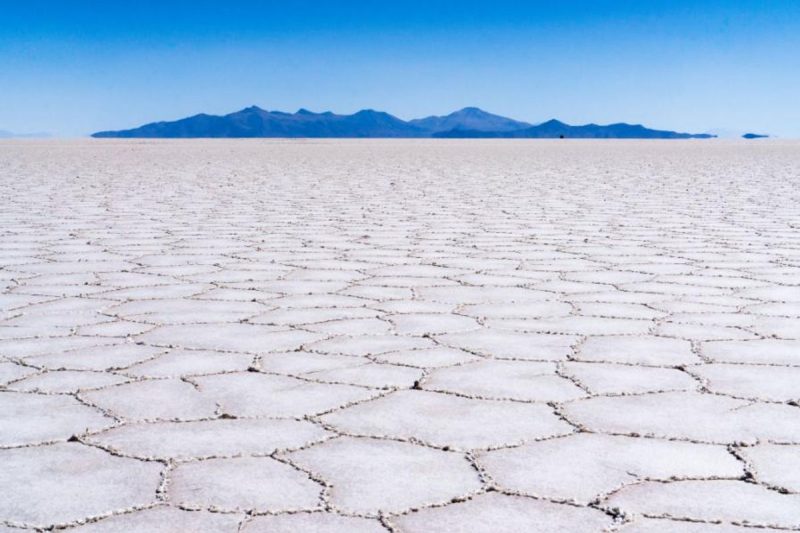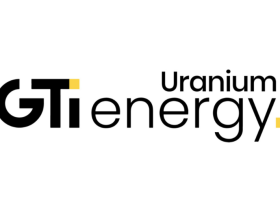Electric vehicles (EVs) are playing an increasingly important role in driving lithium demand, and it’s important for investors interested in the battery metal to understand the different lithium deposit types found around the world.
Lithium is mined from three types of deposits: brines, pegmatites and sedimentary rocks. Global lithium reserves are estimated at 26 million metric tons (MT), and continental brines and pegmatites are the main sources for commercial production.
A University of Michigan study published in the Journal of Industrial Ecology explains, “The feasibility of recovering lithium economically from any deposit depends on the size of the deposit, its lithium content … the content of other elements and the processes that are used to remove the lithium-bearing material from the deposit and extract lithium from it.”
Lithium from brine deposits has gained more and more interest in recent years on the back of a veritable lithium rush in Nevada. This has largely been driven by Tesla’s (NASDAQ:TSLA) lithium-ion battery gigafactory, which was the first of many to come. Nevada is also home to Albemarle’s (NYSE:ALB) Silver Peak lithium mine, the only producing lithium brine operation in the US.
Read on for a brief look at lithium brine deposits. You can also click here to read our overview of lithium pegmatite (hard-rock ore) deposits and sedimentary deposits.
An overview of lithium brine deposits
Generally, lithium extraction from brine sources has proven more economical than production from hard-rock ore. While hard-rock lithium production once dominated the lithium market, the majority of lithium carbonate is now produced from continental brines in Latin America. This is primarily due to the lower cost of production. That said, Australia was still the world’s largest lithium producer in 2022 in terms of mine output, and most of that came from the Greenbushes hard-rock lithium operation.
There are three types of lithium brine deposits: continental, geothermal and oil field.
The most common are continental saline desert basins (also known as salt lakes, salt flats or salars). They are located in areas with geothermal activity and are made up of sand, minerals with brine and saline water with a high concentration of dissolved salts. A playa is a type of brine deposit whose surface is composed mostly of silts and clays; playas have less salt than a salar.
Lithium brine deposits represent about 66 percent of global lithium resources and are found mainly in the salt flats of Chile, Argentina, China and Tibet.
1. Lithium brine deposits: Continental
This is the most common form of lithium-containing brine. Most lithium production comes from continental lithium brine deposits in what is known as the “Lithium Triangle” — a region of the Andes mountains that includes parts of Argentina, Chile and Bolivia.
The best example is the 3,000 square kilometer Salar de Atacama in Chile, which has an average lithium concentration of about 0.14 percent — the highest known — and estimated lithium resources of 6.3 million MT. Two of the world’s leading lithium producers, Sociedad Quimica y Minera (NYSE:SQM) and Albemarle, operate on the Salar de Atacama.
Livent (NYSE:LTHM), which was spun out of FMC (NYSE:FMC) in 2018, produces lithium carbonate from another world-class lithium brine deposit, Argentina’s Salar del Hombre Muerto. Allkem (TSX:AKE,ASX:AKE,OTC Pink:OROCF) is ramping up production of lithium at its operations on the neighboring Salar de Olaroz, and also holds the Sal de Vida project in Northwestern Argentina.
Bolivia is home to the world’s largest deposit of lithium, the Salar de Uyuni, which reportedly contains up to 50 to 70 percent of known world reserves. However, the odds of this continental brine seeing commercial production are low for several reasons, including the fact that Bolivia is keen on keeping its natural resources under state control.
Additionally, the deposit has magnesium-to-lithium ratios that are three times higher than those at Atacama, making it more difficult and costly to refine salt into lithium carbonate. Finally, the evaporation rate at Uyuni is only 40 percent of that at Atacama, which means refining would be more time consuming.
Not to mention, the Salar de Uyuni is a major tourist attraction — environmental, cultural and economic concerns from locals who depend on the salt flats for tourism could result in a great deal of red tape.
2. Lithium brine deposits: Geothermal
Geothermal lithium brine deposits make up roughly 3 percent of known global lithium resources and are comprised of a hot, concentrated saline solution that has circulated through crustal rocks in areas of extremely high heat flow and become enriched with elements such as lithium, boron and potassium.
Small quantities of lithium are contained in geothermal lithium brines in New Zealand, Iceland and Chile. But the Salton Sea in Southern California is the best-known example of a geothermal lithium brine deposit.
Currently working in the Salton Sea geothermal field is Controlled Thermal Resources. The company is in advanced development of the Hell’s Kitchen lithium and power project. The asset, which has an estimated 30 year life, has a total lithium resource capacity of 300,000 MT per year of lithium carbonate equivalent and a total resource capacity of 1,100 MW.
Controlled Thermal Resources reached a major project milestone in early 2023 with the efficient and real-time recovery of lithium from the geothermal brine resource. The company is looking to late 2024 for the completion of its Stage 1 geothermal operation and the commencement of 25,000 MT of lithium hydroxide production.
Pan Asia Metals (ASX:PAM) is exploring for lithium in a geothermal field in Kata Thong in the south of Thailand. The exploration target is near an existing lithium project and a hydropower station. The company is planning a joint feasibility study for a lithium conversion facility near the VinEs battery plant in Vietnam.
3. Lithium brine deposits: Oil field
Lithium brine deposits can also be found in some deep oil reservoirs, accounting for 3 percent of known global lithium resources. North Dakota, Wyoming, Oklahoma, Arkansas and East Texas are home to oil field brines.
Standard Lithium’s (TSXV:SLI,NYSE:SLI) Arkansas Smackover projects on the US Gulf Coast are believed to hold an estimated 4.34 million MT of lithium carbonate equivalent resources.
The company’s industrial-scale direct lithium extraction demonstration plant at the LANXESS property uses a scalable, environmentally friendly process that doesn’t require evaporation ponds. This reduces processing time from months to hours and increases recoveries. A definitive feasibility study and FEED study for Phase 1A of the LANXESS property began in September 2022.
Securities Disclosure: I, Melissa Pistilli, hold no direct investment interest in any company or commodity mentioned in this article.





